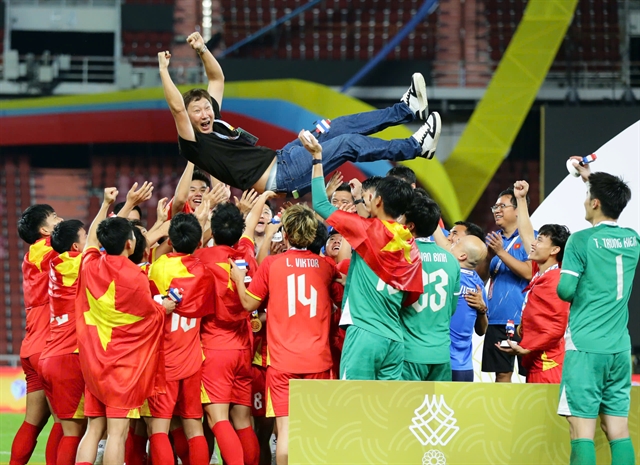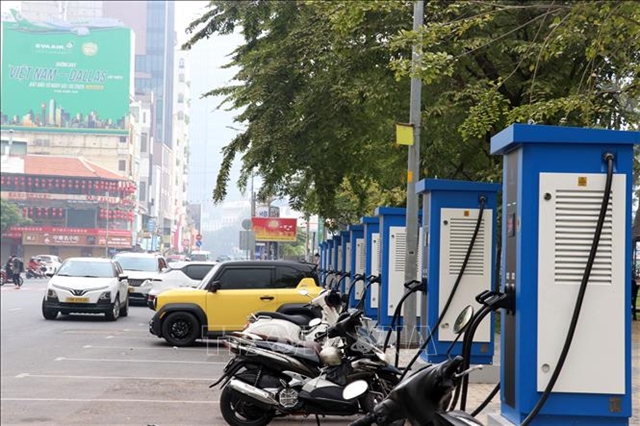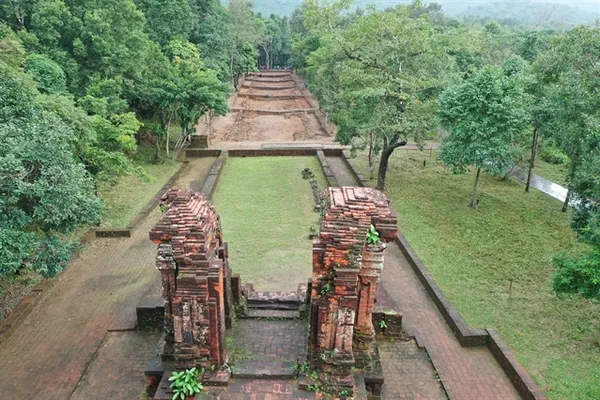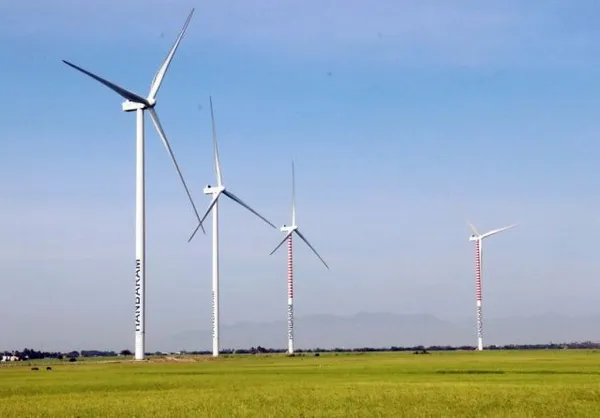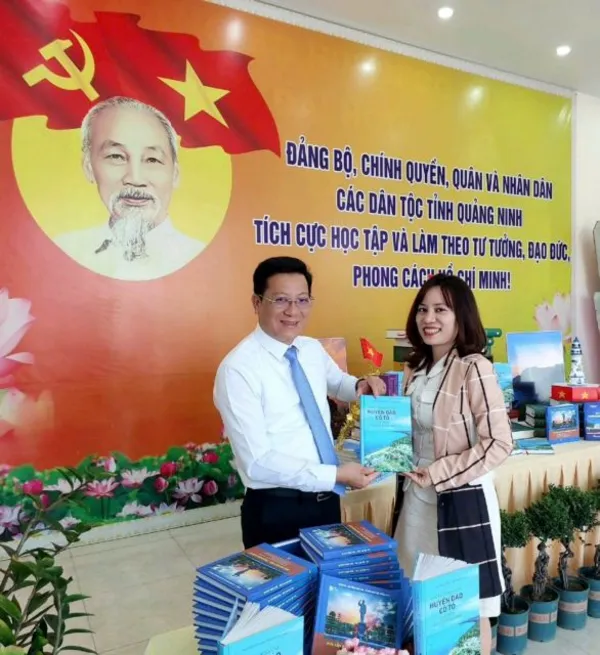 Society
Society

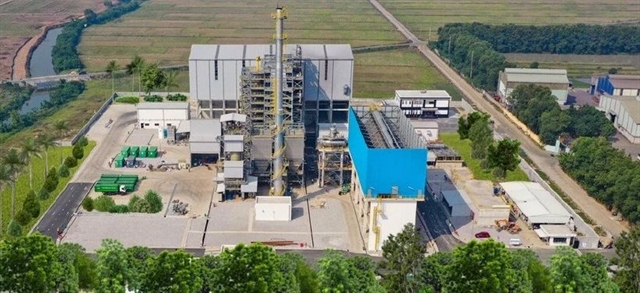 |
| A high-tech waste-to-energy plant is inaugurated in Bắc Ninh Province on January 11, 2024. — VNA/VNS Photo |
HÀ NỘI — Việt Nam has issued many legal documents on environmental protection, but waste treatment is still not highly effective and remains a difficult problem in many localities.
Many experts believe that to turn waste into resources, as defined in the Green Economy and Sustainable Circular Economy Development Strategy, the key is that localities synchronously deploy waste classification at its source.
They must focus on effective cooperation in waste management to invest in waste incineration technology to generate electricity.
Reduce landfilled waste
National Assembly (NA) deputy of Bình Dương Province Nguyễn Quang Huân, member of the NA’s Science, Technology and Environment Committee said Việt Nam released about 60,000 tonnes of household waste every day, of which about 60 per cent was from urban areas.
A report from the Ministry of Natural Resources and Environment (MONRE) shows that over 70 per cent of household waste is currently buried, of which less than 20 per cent is landfilled properly.
The unsanitary landfilled waste is daily polluting the soil, water and air.
This problem is even more serious around large cities.
Typically, in Hà Nội, the amount of urban household waste is about 7,000 tonnes per day.
The Nam Sơn landfill is overloaded and a number of investors registered to build waste treatment facilities, but so far the capital city has only one waste incineration plant to generate electricity.
Similarly, in HCM City, about 10,000 tonnes of urban household waste is generated every day.
The city has called on investors to treat waste for decades, but it still mainly uses landfills.
Most landfills are about to be over their capacity, causing serious environmental pollution, especially the Đa Phước landfill.
Other big cities are also having the same difficulties.
Faced with this reality, the Prime Minister has issued the "National Environmental Protection Strategy to 2030, vision to 2050".
The strategy sets the target that by 2025, the amount of urban domestic solid waste buried in landfills will be less than 30 per cent of the total waste, dropping to less than 10 per cent by 2030.
To conduct the roadmap, localities must well operate waste treatment facilities.
Recently, voters in many localities have continuously sent petitions to the MONRE requesting specific plans and measures to limit the landfilling of household solid waste.
The MONRE replied that Decree 08/2022/NĐ-CP issued on January 10, 2022 regulated that when provinces carry out new investment or open a solid waste treatment facility, priority should be given to modern and environmentally friendly technology.
Turning trash into electricity
A spokesperson from the MONRE said that Việt Nam had about 1,712 domestic solid waste treatment facilities, including 467 domestic solid waste incinerators, 38 compost production lines and about 1,207 landfills.
In recent years, localities have begun to focus on solid waste treatment technology to recover energy.
By the beginning of this year, three waste incineration power generation plants have begun operation, in Hà Nội, Bắc Ninh Province and Cần Thơ.
Fifteen projects for such plants are under construction in HCM City, Đà Nẵng, Thừa Thiên-Huế, Phú Thọ, Thái Nguyên and Bắc Ninh.
The MONRE thus emphasised that solid waste management required the cooperation of different levels, sectors, the people, businesses and the entire society.
In the coming time, concerned organisations will strengthen education to raise community awareness about classifying solid waste, changing people's mindset and building an environmentally friendly lifestyle.
Authorities will promote inspection on solid waste collection, transport and treatment to promptly detect and handle violations.
Effective cooperation
From the perspective of international partners, Yoshida Satoshi, Director of the Department of International Resource Circulation under the Japanese Ministry of Environment, said that Japan had supported waste management in Việt Nam and achieved certain results.
Notably, Japan supported Bắc Ninh and Bình Dương provinces to build waste incineration plants to recover energy.
At the sixth meeting on waste management and 3R (reduce, reuse and recycle) between the MONRE and the Japanese Ministry of Environment, which took place last Thursday, the two sides agreed to continue their cooperation.
They will conduct waste-to-energy projects in Bắc Ninh and Bình Dương provinces, and support similar projects in Đồng Nai, Thanh Hóa, Khánh Hòa and Tiền Giang provinces.
Nguyễn Thành Lam, an expert from the Pollution Control Department under the MONRE, proposed that the two sides should perfect policies and regulations on domestic solid waste, support waste classification, organise training activities, and introduce waste treatment technology.
The two sides should also propose a model of recycling and treating household solid waste combined with energy recovery which is suitable for different regions.
NA deputy Huân suggested localities research and choose appropriate technologies before bidding.
The bidding must be conducted openly and transparently.
Investors could pilot a project in one locality with a processing scale of 1,000-2,000 tonnes per day, then expand to other localities, said Huân. — VNS

